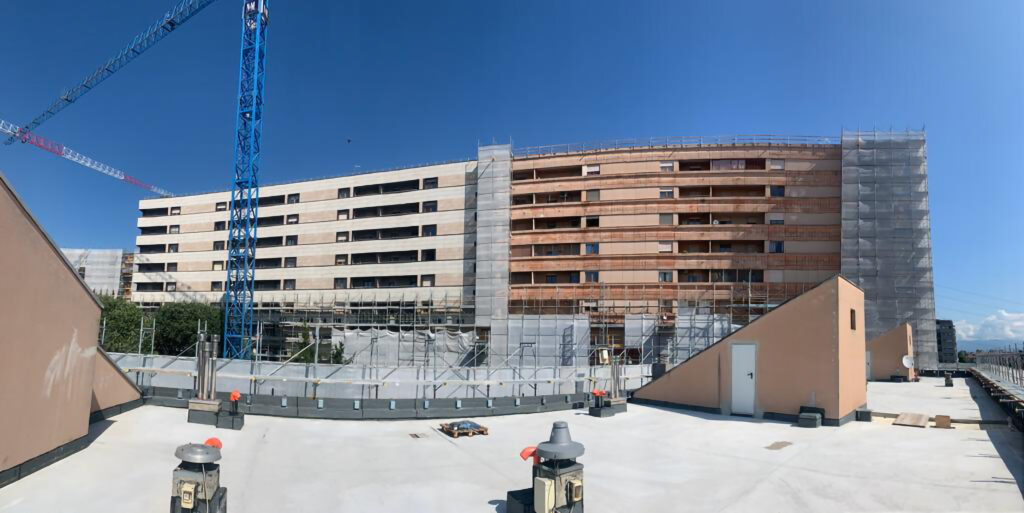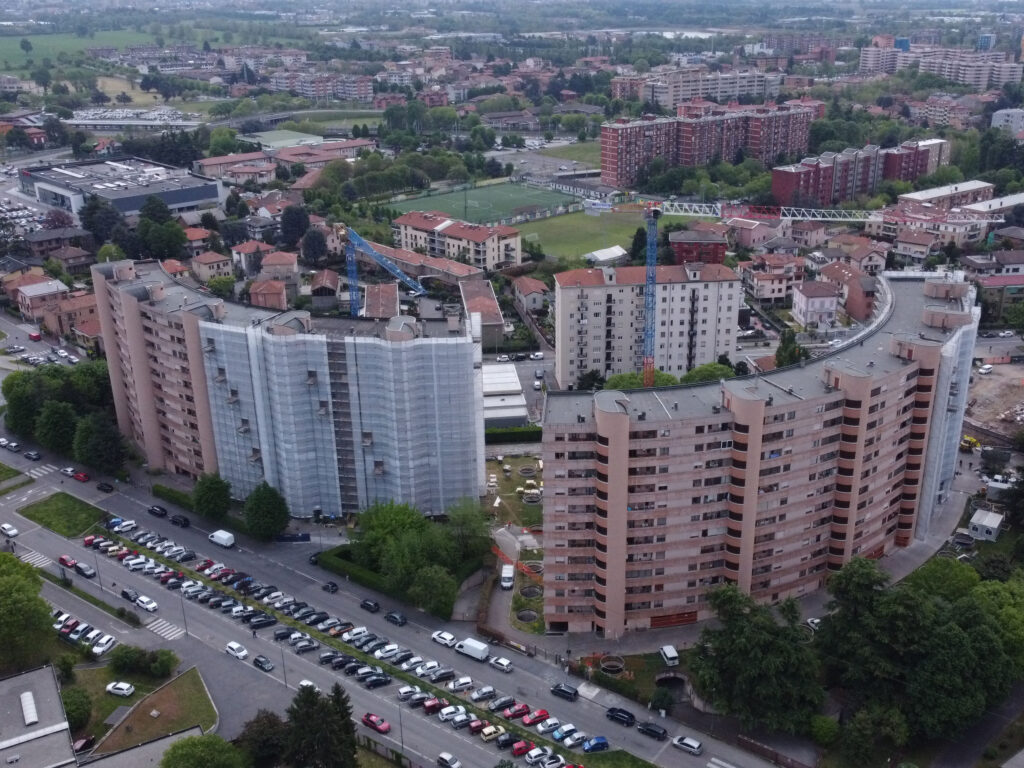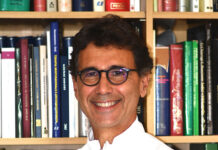In the era of the climate crisis, the topic of sustainable architecture acquires fundamental importance, precisely because buildings, both new and existing, have a significant influence on the ecological quality of the environment in which they exist. Architecture becomes sustainable if it takes responsibility for the ethical, environmental, economic and social weight of each individual project; when it aims to ensure a limited use of resources, a low environmental impact of buildings and a high level of wellbeing for people. Architect Cristina Mazzola, owner of Studio CMA Atelier d’Architettura, has been involved in the recovery and renovation of the existing building heritage for several years, in order to determine a technological and performance upgrade according to the renewed parameters of energy saving and environmental sustainability, thus becoming a spokesperson for best practices throughout the sector and a virtuous example of sustainable architecture in Italy. A competent woman with a passion for her work – many remember when pregnant with her first child she went to the building site every day – who has succeeded in asserting herself in a predominantly male world, overcoming professional challenges of great value.
by Roberta Imbimbo

Architect Mazzola, when was CMA Atelier d’architettura born? And with what mission?
Established in 2006 in the heart of Milan, CMA Atelier d’Architettura is a professional Architecture Boutique highly specialised in the redevelopment of existing public and private buildings and urban regeneration. Thanks to a strategic vision, a highly specialised know-how, and a multidisciplinary team of qualified professionals (mainly women eager to emerge in a very competitive sector), this young and dynamic reality, today in full expansion, has always been committed to the diffusion of a new culture of Architecture, more attentive to the realisation of projects with low environmental impact. Not only the numerous bonuses currently active in Italy – which are of fundamental importance to us because they are an accelerator of a green sensitivity that our country did not have two years ago – but also the constant pressure of climate change, both on a global and local scale, are pushing us towards a greener and eco-friendly approach during all phases of a project, towards a decidedly more conscious design and redevelopment, in order to achieve highly innovative design solutions, capable of fostering respect for sustainability in the building sector.
How do you combine economic development goals with environmentally friendly policies?
The construction sector is today responsible for 36% of energy consumption and 39% of carbon dioxide emissions released globally. It is therefore necessary that this sector also makes a really important contribution to the fight against climate change. Firmly convinced of the importance of reducing our ecological footprint on the Planet, we at CMA Atelier d’Architettura are working hard to develop an increasingly green approach to the design, construction and redevelopment of buildings with low environmental impact. Indeed, those who design, construct and redevelop buildings have a moral and ethical duty to consider how each one characterises the context in which it is immersed. That is why we strongly believe in deep building redevelopment rather than new construction, so as not to affect land consumption. Our cities are already saturated and those few green spaces that remain intact deserve to be protected. In Italy, among other things, there are about 2 million disused buildings; it is unthinkable that ancient palaces, castles, old farmhouses or historical buildings, characteristic of certain geographical realities, should be abandoned. Our country, on the other hand, could benefit from intelligent redevelopment: many buildings could be recovered for an obviously compatible use; they could, for example, become smart buildings, highly technological structures that represent a great opportunity for a sustainable future since they are able to reduce energy consumption, CO2 emissions and pollution; others could be converted into public utility facilities or even turned into prestigious museums. Thanks to the experience gained over many years of activity, we at CMA Atelier d’Architettura are able to guarantee a 360-degree, highly qualified and reliable intervention, strictly tailor-made, i.e. tailored to the needs of each individual client. And this is how we are able to put our vision of sustainability into practice at every stage, always starting with an accurate analysis/diagnosis of the structure’s pathologies and ending with the definition of an ad hoc protocol for rehabilitating the building envelope. Last year, for example, we upgraded about fifteen residential buildings located in suburban areas of Milan and its hinterland, significantly improving their indoor environmental quality and the urban context of reference. Among these, I would like to mention a project that is currently underway to improve the efficiency of a large apartment building with the establishment of the largest energy community for the autonomous production of electricity from photovoltaic panels in the Milan hinterland. With some prestigious partners, interested in innovative upgrading of new building systems, we are developing an experimental design for the integration of innovative products and systems that will be integrated in some upcoming construction sites and open the door to the future. We are also active in the renovation of interior spaces through green design that is attentive to the client’s needs. One noteworthy project is the recent redevelopment of the headquarters of the Order of Nurses of Milan, Lodi, Monza and Brianza, in the Porta Nuova area, which was conducted with the inclusive objective of creating comfortable and multifunctional spaces for training members.


How important is human capital for you?
It is our most valuable resource. We focus a lot on young people – the average age of our firm is around 30 – so that they can enhance their hard and soft skills and fully express their potential, in a highly innovative and stimulating working environment. We invest in young people by creating ad hoc training courses (as a former professor of Architectural Technology at the Polytechnic of Milan, where I taught until two years ago, I strongly believe in the value of a more and more punctual training), moments of confrontation and in-depth study of the project through the use of BIM programmes, to provide them with the tools to enhance their specialised skills, to make them better prepared to face the challenges of a highly competitive market, and to encourage their full practical involvement. To this end, we have signed agreements with the main design laboratories, with the main Universities of Architecture in the Milan area, in particular with the Milan Polytechnic, with the Milan Technical Institute (IED), with Brera, and with the Order of Architects (thanks to an 800-hour internship, students can directly access an oral exam of the State examination, thus skipping the written exam).
Investing in young capital is a considerable effort, but at the same time a necessary investment for those who, like us, believe that the future must be built by regenerating the freshness of actions, with that creative and propulsive force of those who, full of enthusiasm, are able to continuously put themselves into play. And it is precisely to young people that we also seek to pass on our ethical values, so that they themselves become the active protagonists of the dual energy and environmental transition strongly desired by the European Union. In recognition of our efforts, to our great satisfaction CMA Atelier d’Architettura has been selected as one of the 200 best Italian Architecture and Design companies of the year 2022.

For more info (http://www.ateliercma.com)





















































